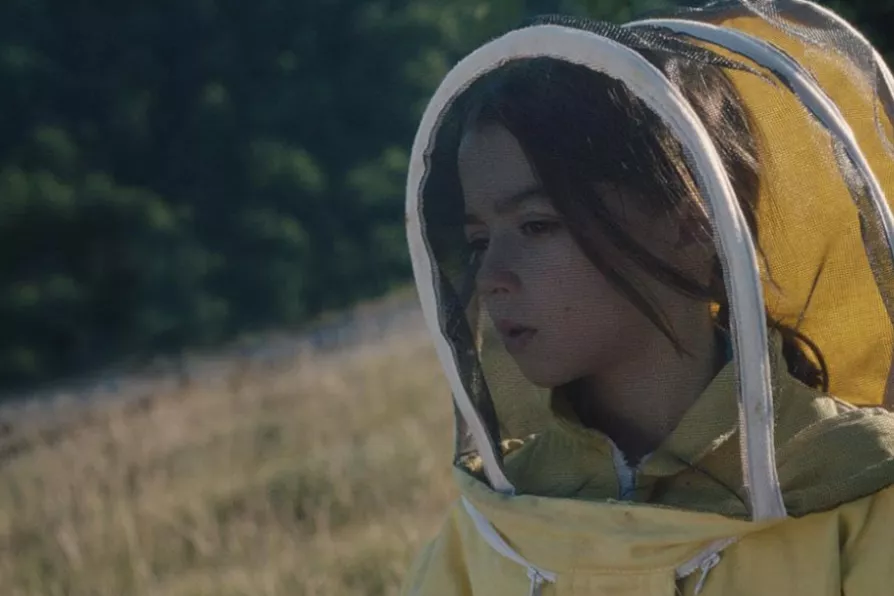JENNY MITCHELL, poetry co-editor for the Morning Star, introduces her priorities, and her first selection
Bee yourself
MARTIN HALL admires a remarkable film that concentrates on the human impact of gender dysphoria

 Sofia Otero in 20,000 Species of Bees, a role for which he became the first child actor to win Berlin's Silver Bear
[IMDb]
Sofia Otero in 20,000 Species of Bees, a role for which he became the first child actor to win Berlin's Silver Bear
[IMDb]
20,000 Species of Bees (12A)
Directed by Urresola Solaguren
THIS is an impressive debut from Urresola Solguren.
Similar stories

The Star's critics ANGUS REID, MICHAL BONCZA and MARIA DUARTE review Hot Milk, An Ordinary Case, Heads Of State, and Jurassic World Rebirth

The Star's critic MARIA DUARTE reviews Sebastian, Four Mothers, Restless, and The Most Precious of Cargoes

MARIA DUARTE recommends an homage to the iconic showgirl that understands them as working-class women

The Star's critic MARIA DUARTE reviews Nickel Boys, Bank of Dave 2: The Loan Ranger, Babygirl, and Maria










